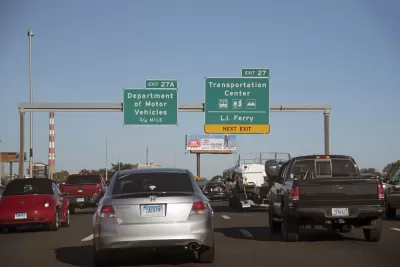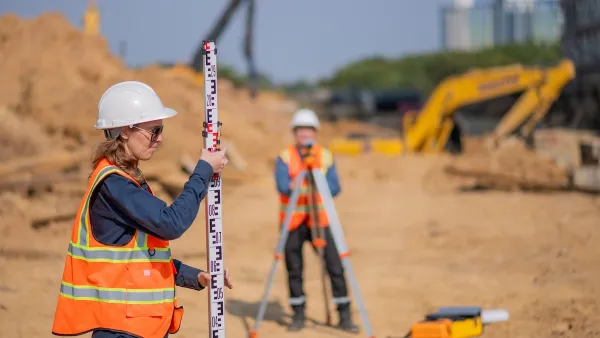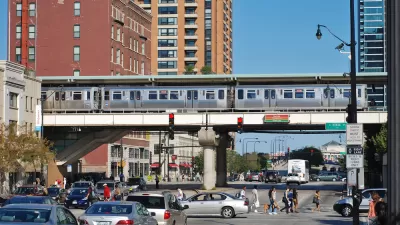Tolls and gas taxes—that's how Connecticut Governor Daniel P. Malloy plans on raising revenue for the state's troubled Special Transportation Fund.

Christopher Keating reports on a transportation plan released by Connecticut Governor Daniel P. Malloy this week that relies on new tolls and an increased gas tax to fund transportation projects.
"The proposal calls for an increase in the state’s gasoline tax by 7 cents per gallon, phased in over four years," reports Keating. "The tolls would be operational around the state by July 2022 or sooner, and the money would be collected by the 2023 fiscal year."
Keating reported on the plan on Tuesday, the day before the governor released the plan to the public. An article by ken Dixon provides reactions from state legislators the day after the plan went public. Here's Dixon's summary of the political context the plan will have to navigate: "While legislative Republicans balked after Gov. Dannel P. Malloy’s Wednesday morning support for the new revenue generators, Democratic leaders including Speaker of the House Joe Aresimowicz conceded the issue will likely be a major debate for the upcoming legislative session."
FULL STORY: Connecticut Governor To Propose Highway Tolls

Montreal Mall to Become 6,000 Housing Units
Place Versailles will be transformed into a mixed-use complex over the next 25 years.

Planetizen Federal Action Tracker
A weekly monitor of how Trump’s orders and actions are impacting planners and planning in America.

DARTSpace Platform Streamlines Dallas TOD Application Process
The Dallas transit agency hopes a shorter permitting timeline will boost transit-oriented development around rail stations.

Study: 4% of Truckers Lack a Valid Commercial License
Over 56% of inspected trucks had other violations.

Chicago Judge Orders Thousands of Accessible Ped Signals
Only 3% of the city's crossing signals are currently accessible to blind pedestrians.

Philadelphia Swaps Car Lanes for Bikeways in Unanimous Vote
The project will transform one of the handful of streets responsible for 80% of the city’s major crashes.
Urban Design for Planners 1: Software Tools
This six-course series explores essential urban design concepts using open source software and equips planners with the tools they need to participate fully in the urban design process.
Planning for Universal Design
Learn the tools for implementing Universal Design in planning regulations.
City of Mt Shasta
City of Camden Redevelopment Agency
City of Astoria
Transportation Research & Education Center (TREC) at Portland State University
US High Speed Rail Association
City of Camden Redevelopment Agency
Municipality of Princeton (NJ)




























